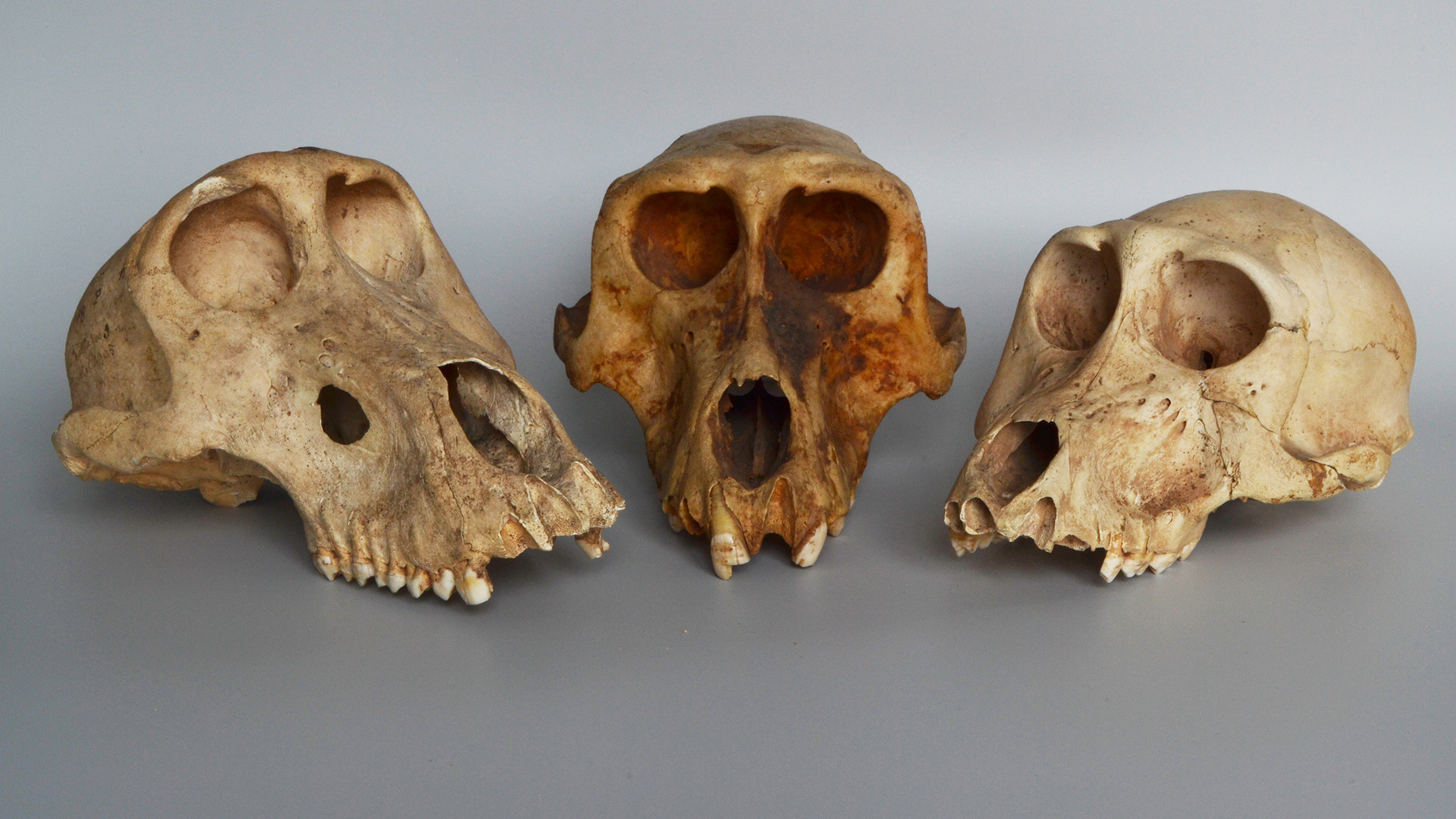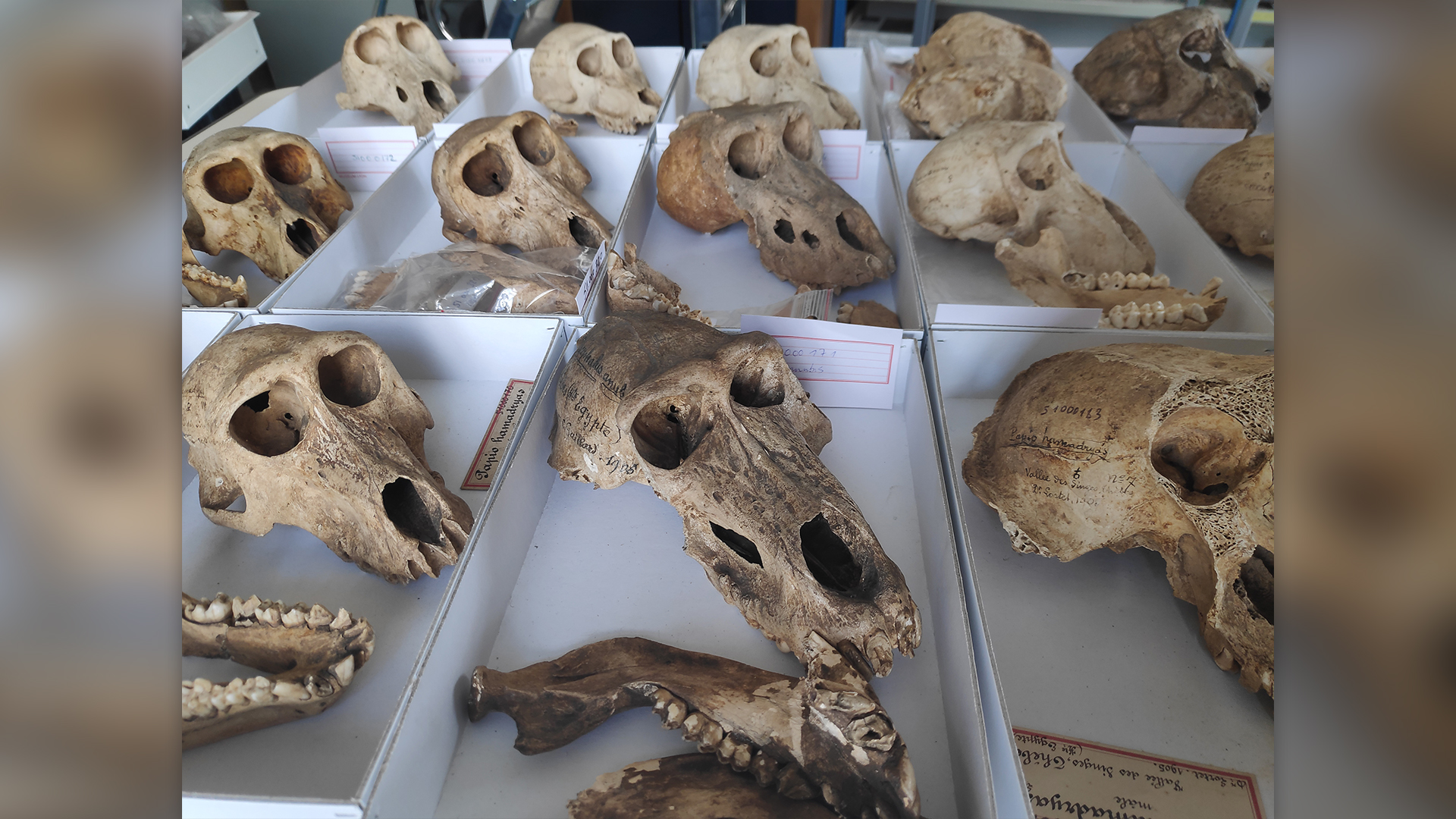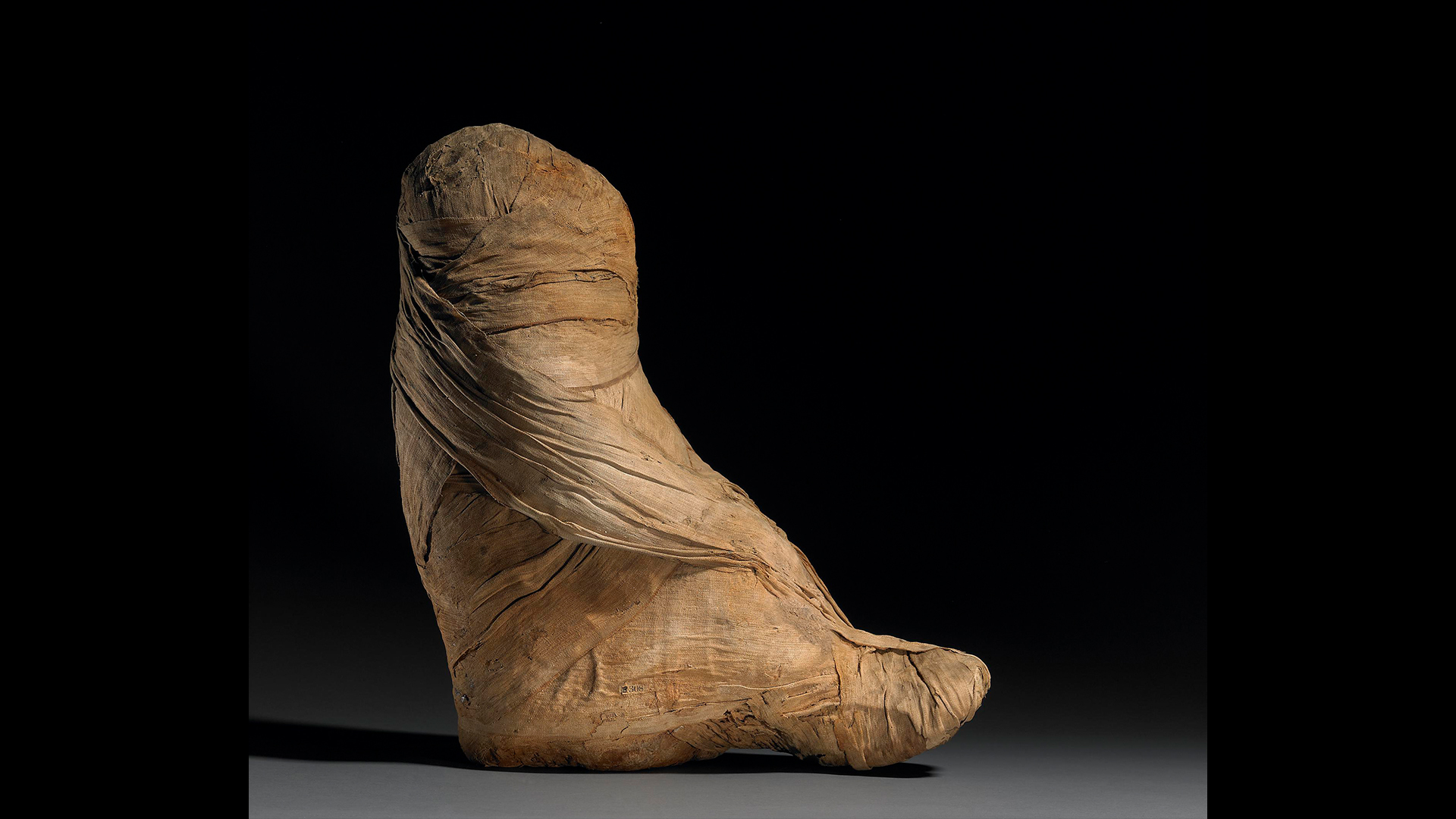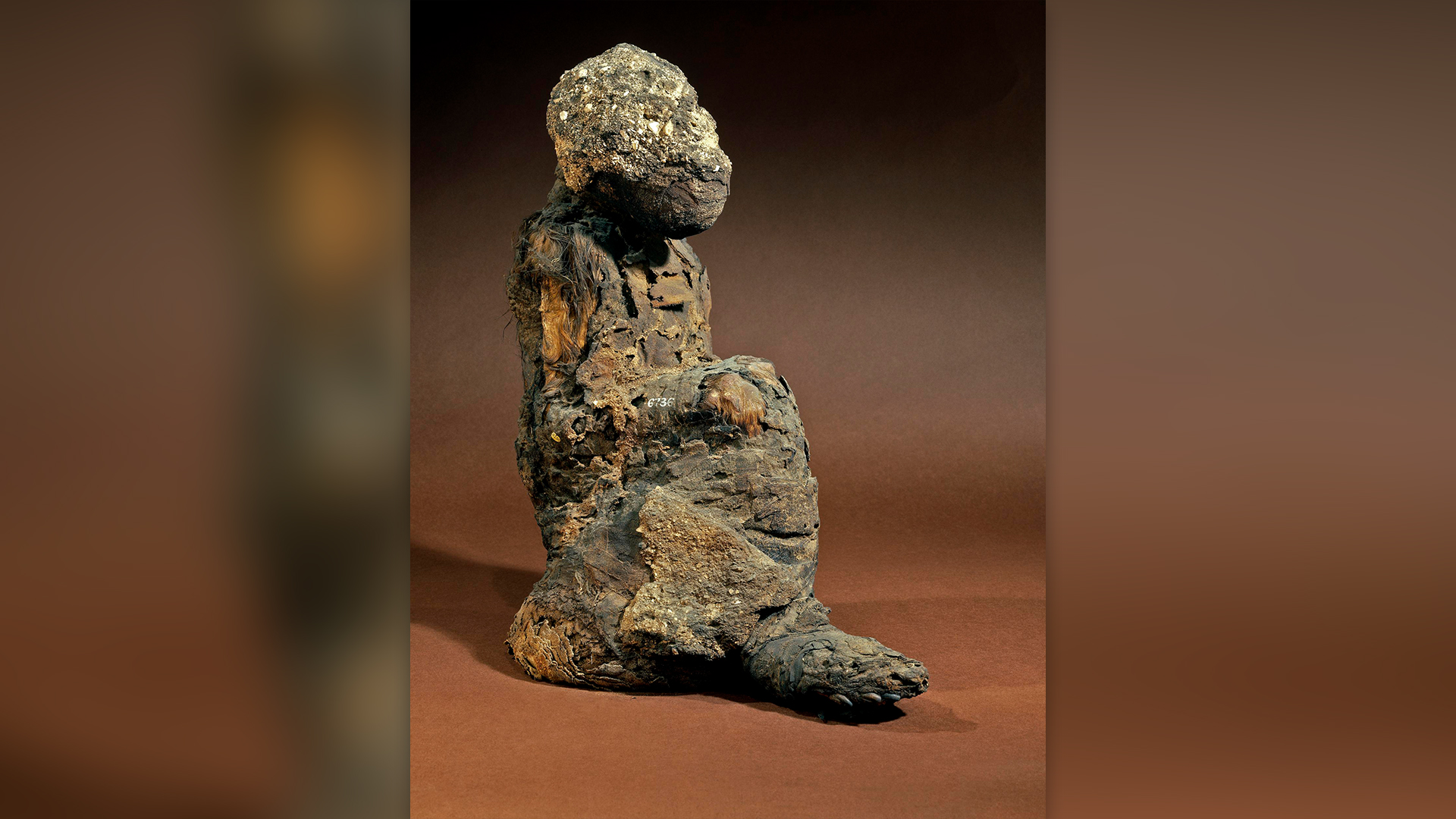
Baboons sacred to the ancient Egyptians were glorified as mummies after their death, but they suffered from poor conditions when they were alive, a new study suggests.
The researchers examined bones from dozens of mummified baboons from ancient Egypt between the ninth century B.C. and the fourth century A.D. and found evidence that many had suffered from poor diets as well as bone disorders often caused by lack of sunlight.
Of the remains of 36 baboons found at a necropolis for sacred animals at Gabbanat el-Qurud in southern Egypt, just four appeared to be in good health. "All the others showed deficiencies in the skeleton," said Wim Van Neer, a paleontologist at the Royal Belgian Institute of Natural Sciences and lead author of the study, published today (Dec. 6) in the journal PLOS One.

"The most obvious deformations are seen in the skeletons: the limbs are bent, which is typical of rickets" — a symptom of extreme vitamin D deficiency usually caused by a lack of sunlight, he told Live Science.
The study compared the bones of the baboon mummies from Gabbanat el-Qurud, near the Valley of the Kings beside modern Luxor, with those found elsewhere in ancient Egypt, in hopes of learning more about the conditions in which the animals were kept.
Sacred animals

Baboons appear in several roles in the ancient Egyptian religion, and the animals were typically mummified after their deaths, according to Nathaniel Dominy, an anthropologist at Dartmouth College who was not involved in the study.
"Egyptians venerated the ... baboons as one embodiment of Thoth, god of the moon and of wisdom and adviser to Ra, god of the sun," he wrote in Scientific American.
The ancient Egyptians also considered other animals sacred, including jackals, associated with the death god Anubis; and falcons, which were associated with the sky god Horus. But baboons were "the only animal in the Egyptian pantheon that is not native to Egypt," he wrote. So they needed to import these sacred animals.
Physical analysis showed the mummies from Gabbanat el-Qurud descended from baboons from two regions: the large olive baboon (Papio anubis) from what's now Sudan, and the smaller hamadryas baboon (Papio hamadryas) from the Horn of Africa. Of these species, hamadryas baboons were more revered and mainly depicted in ancient Egyptian art, but importing baboons from two places may have been to ensure their supply, Van Neer said.

While there's evidence that sacred baboons from the ancient Egyptian sites of Saqqara and Tuna el-Gebel were also kept captive in the dark, it appears that some of the baboons from the predynastic site of Hierakonpolis were kept outside; their skeletons don't show any signs of vitamin D deficiency, but they do have indications of healed fractures suggesting the animals were tied up and sometimes beaten, he said.
Good intentions
Although captive life as a sacred baboon was evidently tough, Van Neer thinks the people who kept them meant well.
"Probably [they] tried to take good care of the animals, but this must not have been easy," he said. "Baboons are good climbers, and they were therefore probably kept in buildings or enclosures with high walls to prevent them from escaping."
The authors suggested that further details could be learned about the treatment of the sacred baboons by examining their teeth, which could reveal information about the animals' diets, or by using DNA extracted from the bones to determine if the baboons had been caught in the wild or bred in captivity.

Salima Ikram, an Egyptologist at The American University in Cairo who wasn't involved in the latest research, told Live Science that the study used state-of-the-art technology to answer many questions about the taming and keeping of baboons in ancient Egypt. For example, it was interesting to learn that two baboon species were being brought to ancient Egypt for religious purposes, she said.
Gisela Kopp, a geneticist at the University of Konstanz in Germany who also wasn't involved, told Live Science that the study illustrated some of the difficulties of keeping wild animals. Kopp led a recent DNA study that found that many of the sacred baboons in ancient Egypt had originated near the Red Sea city of Adulis, now in Eritrea and that suggested the region was the location of the fabled land of Punt.
Editor's Note: This story was updated on Wednesday, Dec. 6 to add information about baboons in ancient Egyptian religious belief from Nathaniel Dominy.







